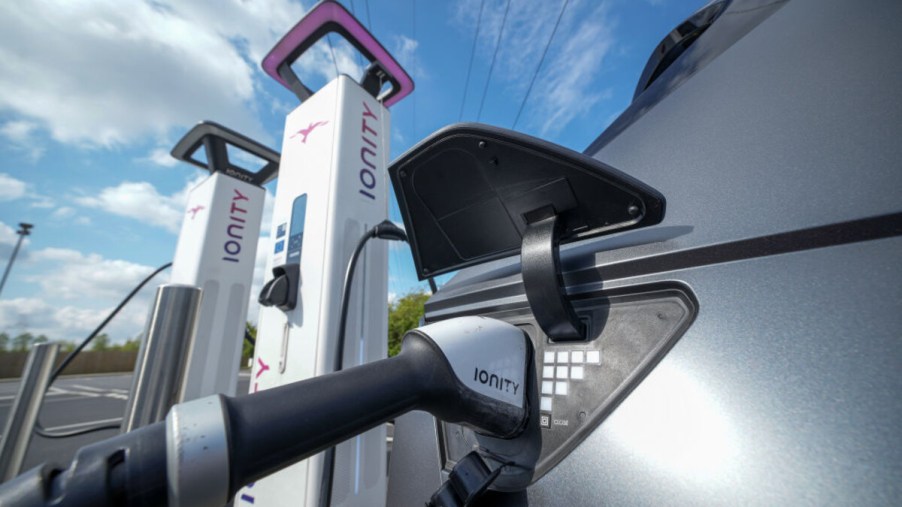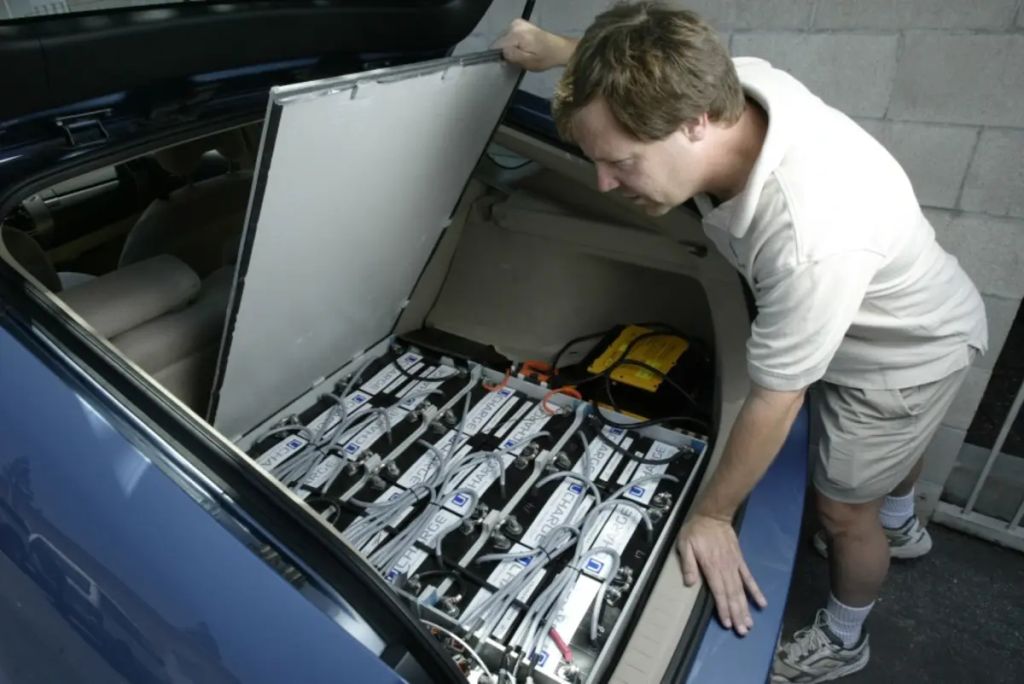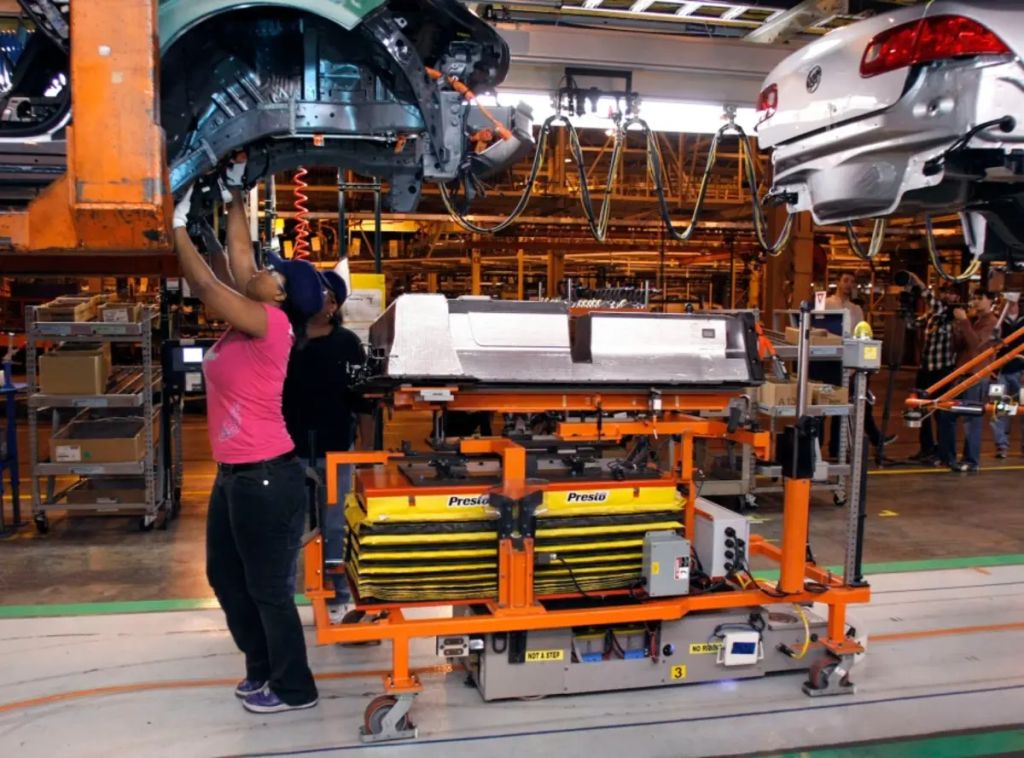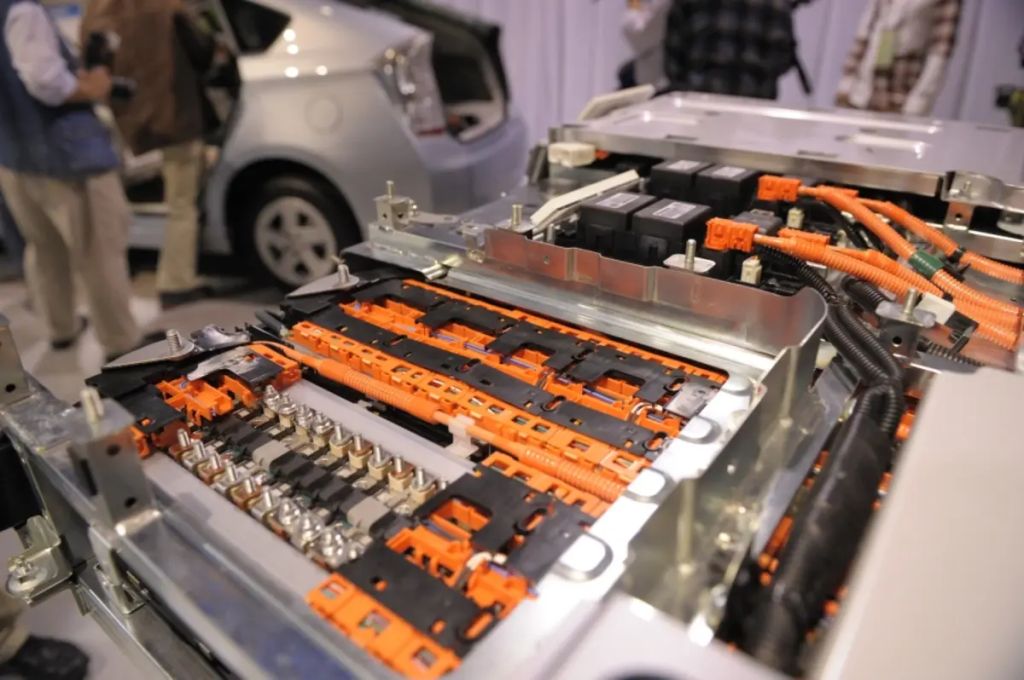
We’ve Been Charging EV Batteries All Wrong: Stanford Study
If you could change the way you charge an EV to save 20 percent more battery life, would you? How long those expensive batteries will last is something many buyers and potential buyers ponder. For some, it is as much of a concern as is range. The truth is most EVs give many years of a satisfactory life for owners. But Stanford University chose to find a way to increase battery life based on some findings it discovered.
What did Stanford discover about EV batteries?

It studied lithium-ion batteries to see how they were made, charged, and discharged. Also looked at was how much juice they could discharge before the batteries fried. It found a way to charge them differently to increase service without changing anything about the battery pack itself.
Stanford discovered that single battery cells last longer than battery packs. But when a weaker cell dies sooner, it sucks the life out of the pack as a whole. Some of this is due to the vagaries of production, and where they are placed in the battery pack. And that is due to thermal conditions within the pack.
Has Stanford’s EV battery study been tested?

So Stanford tried to charge each cell individually to increase overall longevity. Some cells are more robust and can take a lot of juice stabbed into them. Other, weaker ones need to have the electricity flow at more moderate levels to keep it from completely going out. Discharging would also have to be variable for each cell.
Practically, this would require a vastly different charging approach. So mocking up such a test would be difficult. But computer simulations were tested, with great results. But tailoring the charge individually, it saw an increased life expectancy of 20 percent or more. And this included many fast-charge situations. Discharging electricity from the batteries to the motors also improved service.
Can this discovery be applied to future EVs? It depends. Each battery pack would need to incorporate individual cell regulators to increase or decrease charging and discharging. That means the pack would need to be larger to accommodate the extra electronics. So cost and packaging becomes more of an issue.
Will this information be applied to EVs in the future?

Another problem is weight. For hypothetical regulators, monitors, and wiring to make it all function, would add more weight. Right now, batteries are already vastly overweight. For instance, the new GMC Hummer EV SUV weighs close to 10,000 lbs, while a gas-powered SUV comes in under half of that weight.
So the management and controls for such an individualized system would cost more, weigh more, and complicate the electronics more. All of those characteristics work in the wrong direction. But this is based on our current technological know-how.
As technology continues to pace faster and faster, and combined with this Stanford study, we could eventually loop it all together to improve battery performance and longevity and lessen weight too. And that moves everything in the right direction.



